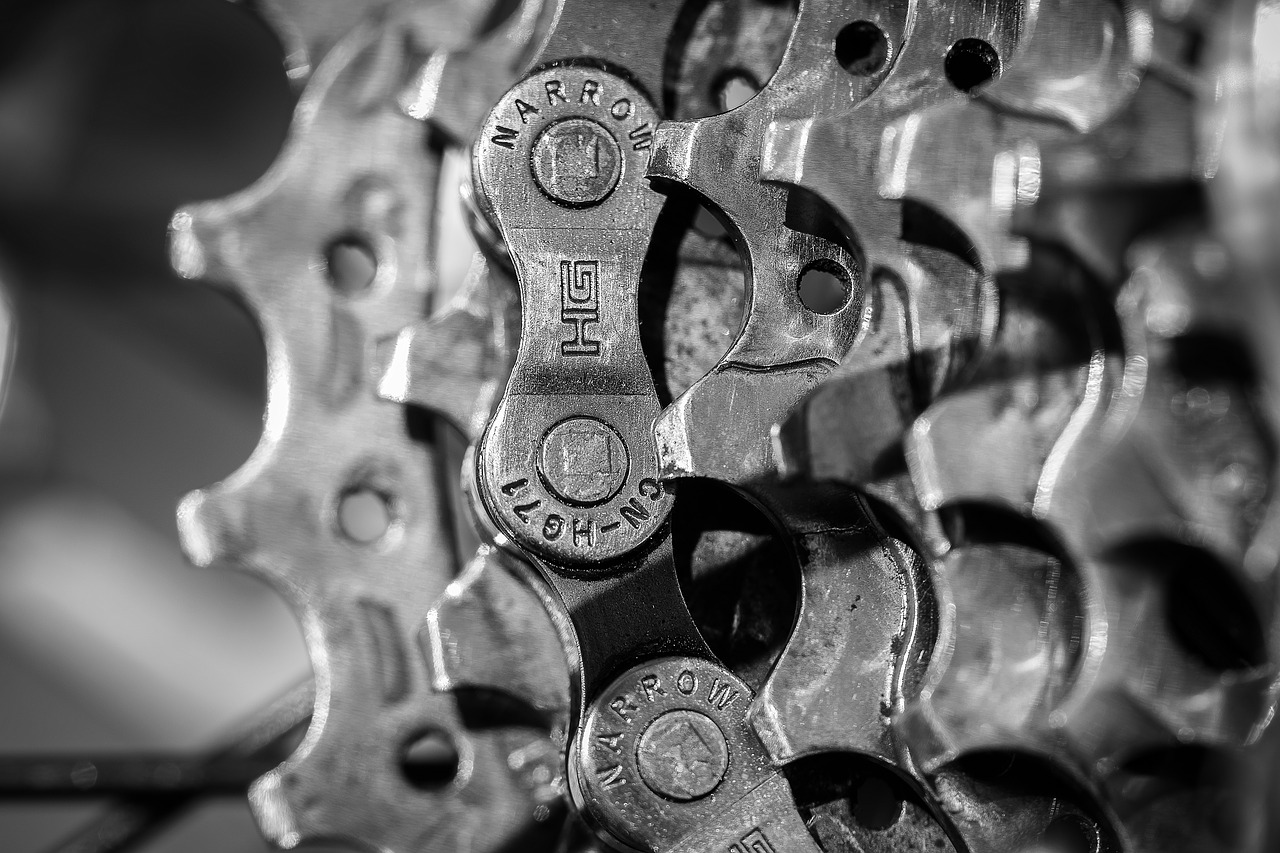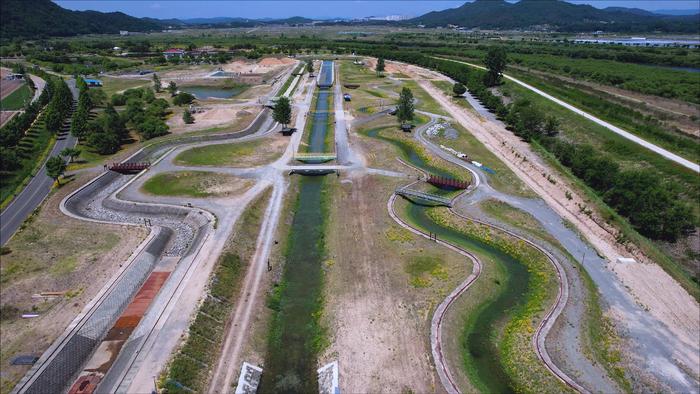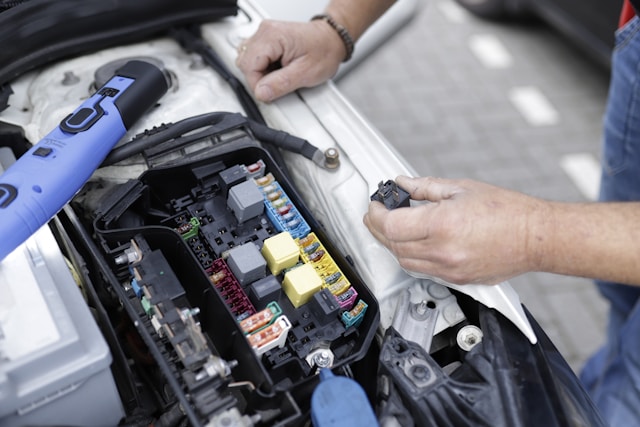A chain is a series of metal links joined together to form a flexible connector. We commonly see the standard link chain, which is often used for lifting, pulling, or binding various objects. A few of us know that chains are more versatile and have a wider variety of applications than we think. Many industries use different types of chains for a particular application or purpose. Often, specialized chains are found inside machines and devices and out of plain sight. There is also a need to ensure safety when using chains in industrial applications, which is why it’s important to undergo work and safety courses such as the OSHA 30 Hour Construction training online to learn proper safety protocols and reduce the risk of accidents and injuries.
We will explore here some types of industrial chains and their uses.
Round Steel Chains
As mentioned earlier, the round steel chain is the type of chain we often see in the construction and shipping industries. These are the chains that are connected to hoists, cranes, and boat anchors. Because these chains help transmit power and force, their designs and compositions are durable and can withstand tremendous pulling force to carry large and heavy loads. Chain design specialists from RUD add that wear and corrosion resistance are also vital qualities industrial chains must have aside from durability. Efficiency and maximized operational lifespan are essential attributes that industries need from their equipment and machine components. Chains are integral connectors and moving parts in various types of machinery. It is why industrial sectors look for high-quality that help them to be more productive and cost-efficient. Durable and corrosion-resistant chains need fewer replacements, which contributes to the cost savings of companies.
Roller Chains
The roller chain is the most common and widely-used chain type in industries around the world. One of its primary purposes is to transfer mechanical energy to a load to initiate movement. Variations in gear and sprocket sizes also make roller chains instrumental in increasing the power of work generated by machines. Roller chains are designed to fit different sprockets to facilitate load movement, so you often get to see these components paired up. We often see the power transmission of these chains at work in motorcycles, tractors, harvesters, and other large agricultural machines. Like round steel chains, roller chains have high weight ratings that range from 1,000 to 150,000 pounds of tensile strength. In terms of power capacity, roller chains can handle various applications that involve repetitive lifting and conveyor utilization.
Conveyor Chains
Conveyor chains work similarly to roller chains, but they differ in terms of load placement. In roller chains, the load is often found or applied at the opposite end of the sprocket directly connected to the machine. It is what you typically see in how a roller chain helps turn a motorcycle wheel.
In conveyor belts, the chains that facilitate their movement are designed to handle weights directly on them. This is translated into the movement of boxes, assembly parts, pallets, and other objects from point A to point B. The automotive and food industries often use conveyor belts and mechanisms for assembly and packaging purposes, respectively. Strength and durability are common requirements for all industrial chains, and conveyor chains are designed to repeatedly carry heavy items for a long time.
Industrial chains will remain as integral components in machines used by various industries. As long as there is a need to transmit power or convey heavy objects, these chains will be utilized to make industrial operations smooth and efficient. As industries diversify into various sectors, the need for specialized chains for specific functions prompts manufacturers to innovate their chain designs for more effective use. In the future, we will see more types of chains being developed for wider applications.







